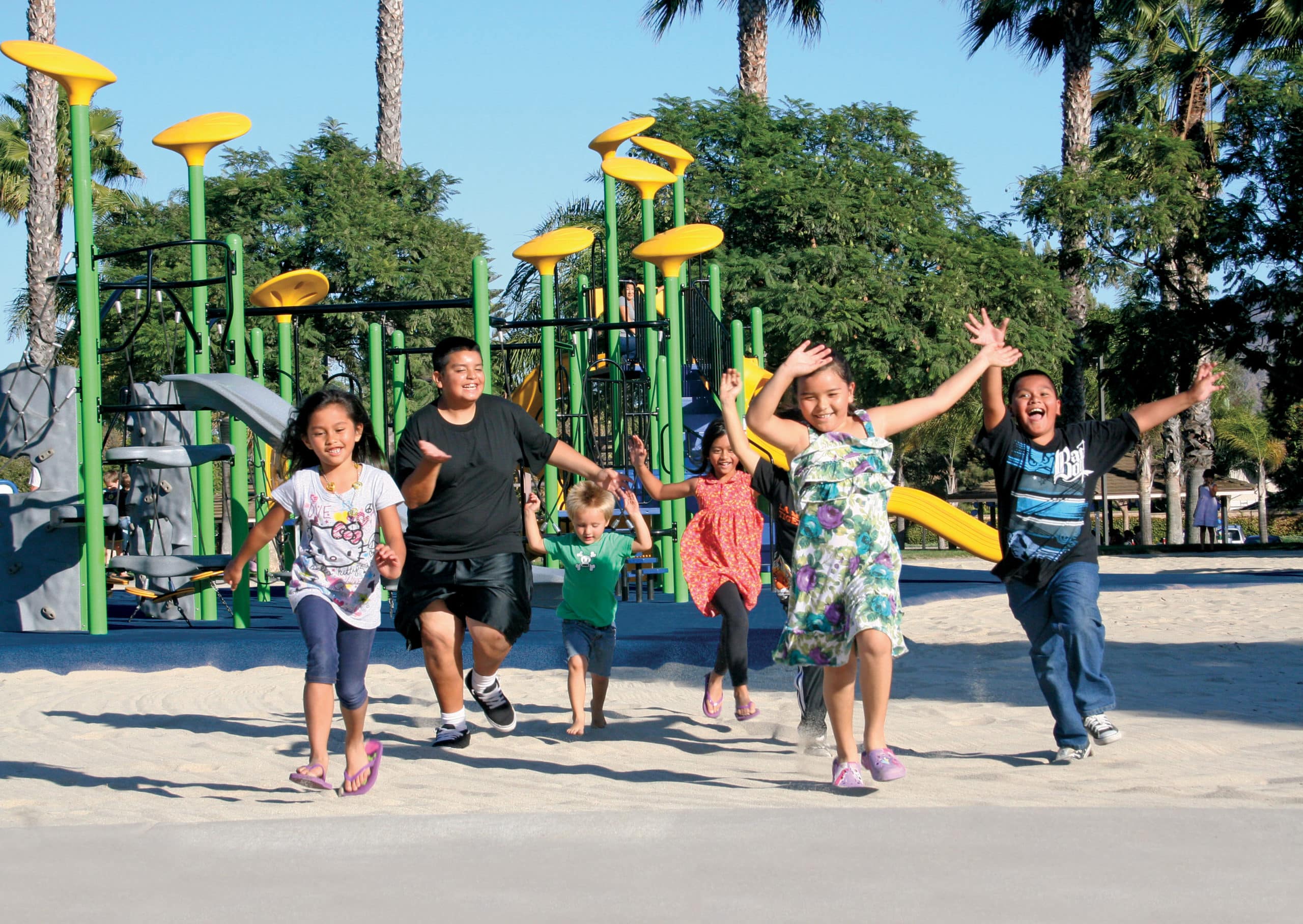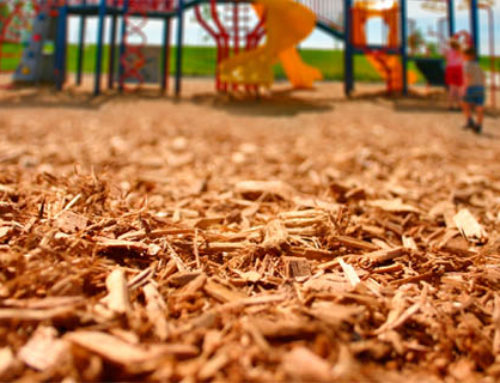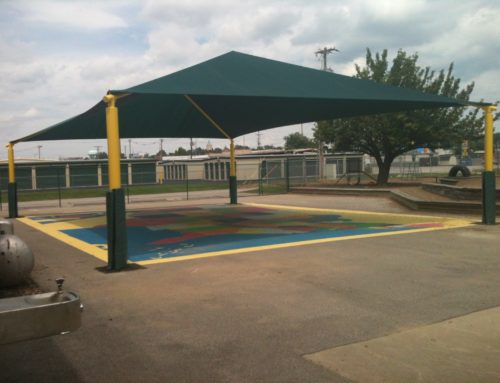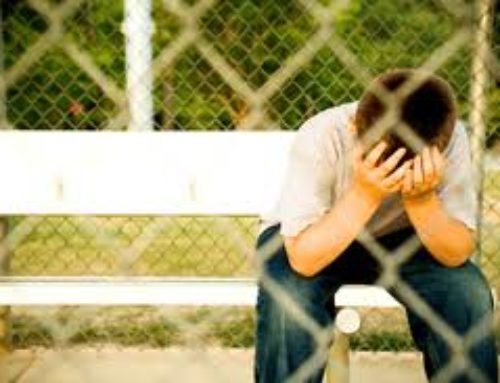Playgrounds are places for fun, imagination, exercise, recreation and relaxation! But the laughter can easily turn to tears if you’re not careful.
Younger children are likely to be injured on the playground because of their stage of development. They are compelled to investigate. They won’t be satisfied at the bottom of the slide — they need to see the top, too. But physically, they are not coordinated enough to do what they want. In addition, they can’t project the consequences of their actions; they never anticipate falling off.
Slides, in fact, are one of the most hazardous pieces of playground equipment. Other pieces of equipment to watch out for include swings, climbing structures (such as monkey bars and jungle gyms), and seesaws.
Most children are injured by falling. A fall from ten feet — the top of the monkey bars — can result in lacerations, fractures, paralysis, or death. The most serious injuries occur when children fall onto concrete or asphalt rather than onto a more yielding surface, such as sand. Always make sure the equipment your kids are playing on has the proper surfacing with sufficient depth.
Children can be injured in other ways as well. They may be hit by moving equipment or cut by rough or sharp edges, or they may become stuck in the equipment.
The Consumer Product Safety Commission has established voluntary product safety standards for home and public playgrounds. These include equipment specifications and suggestions for everything from the type of base surface to design and arrangement of the play area. The standards also stress that safe playgrounds require adequate supervision and maintenance, as well as good design.
It is essential to teach your children how to behave at the playground and to supervise their activities. Teach your children to hold onto all equipment with both hands. Teach them to wait until moving equipment stops completely before they get off. Teach them to sit on the swings and slides, not stand, lie, or hang upside-down. Only one person should be allowed to use playground equipment at a time. Be sure they don’t push or shove, and they walk well away from areas where other children are swinging or sliding. Be sure the equipment your child plays on matches her ability. A ten year old can easily climb a jungle gym, for example, but a two year old shouldn’t follow suit. Teach your children to use equipment as the manufacturer intended. For instance, children should swing on the swings, not twist around.
Regardless of how safe your playground equipment is, children have immature judgment regarding the hazards inherent in playgrounds and playground activities. A little thought and strategic planning can boost supervision practices on the playground to much better levels.




